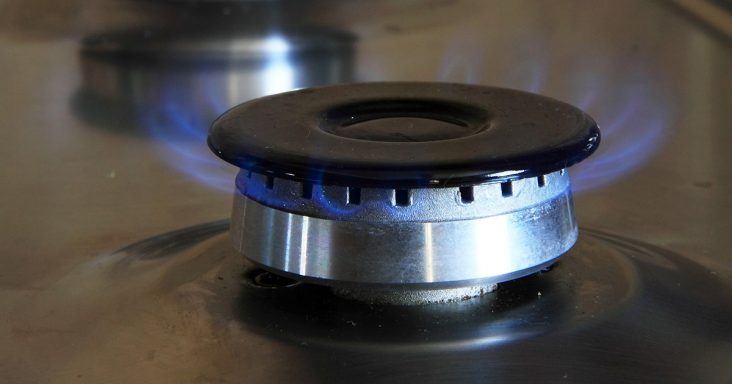New natural gas pipeline capacity starts operating
by March 16, 2021 10:37 am 798 views

From November to January, about 4.4 billion cubic feet per day of new natural gas pipeline capacity came online, according to the U.S. Energy Information Administration (EIA). Four pipeline projects were recently completed and started operating.
Following are the projects:
The $610 million Saginaw Trail Pipeline in Michigan started operating in late November. The intrastate project of Consumer Energy replaced and expanded natural gas pipelines and infrastructure in Saginaw, Genesse and Oakland counties in Michigan. They increased natural gas capacity by 0.2 billion cubic feet per day.
The $709 million Buckeye Xpress Project started operating in December. The 0.3 billion cubic feet per day project of Columbia Gas Transmission included infrastructure improvements and replaced 66 miles of existing natural gas pipeline with more reliable 36-inch pipe in Ohio and West Virginia. The project increased transportation capacity from the Appalachia Basin into Columbia Gas Transmission’s interconnection in Leach, Ky., and the TCO Pool in West Virginia.
The 430-mile Permian Highway Pipeline started operating in early January. The Kinder Morgan project added 2.1 billion cubic feet per day of additional natural gas capacity from the Waha Hub, located in West Texas near production activities in the Permian Basin, to Katy, Texas, near the Gulf Coast. It has additional connections to Mexico.
The Agua Blanca Expansion Project came online in late January. The Whitewater/MPLX project connects nearly 20 natural gas processing sites in the Delaware Basin and transports an additional 1.8 billion cubic feet per day of natural gas to the Waha Hub in West Texas. The project also will connect with the Whistler Pipeline, which is set to be completed in the third quarter of 2021 and is expected to transport 2 billion cubic feet per day of natural gas from the Permian Basin to the Texas Gulf Coast.
In December, Tellurian withdrew its application to build the Permian Global Access Pipeline in Texas and Louisiana, effectively canceling the project. The proposed 2 billion cubic feet per day project would have transported natural gas from the Permian Basin to a proposed liquefied natural gas facility in Gillis, La.
